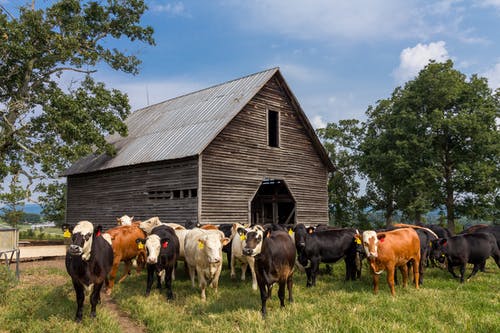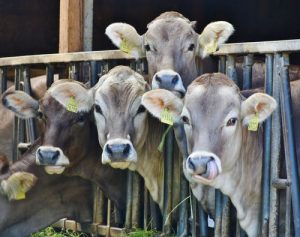Cattle handling may sound like a complex subject. It certainly can be if it is not done the right way. Here are a couple of basic tips that should help handle cattle smoothly and effectively.
Understand Their Behaviour
This be the foremost thing you will do. It is important that you have a good understanding about cattle behaviour. Your understanding will allow you to be smart in the way you handle your cattle. It should also determine how successfully you deal with them, which means that little or no knowledge about cattle behaviour could lead to poor management and even increase risks of accidents.

Move Slow
If there is one thing the experts will advise, it is that moving slow during cattle handling should help achieve you operate faster. As one who handles cattle, you know that moving too fast, and trying to push and prod them faster than you are supposed to or when your cattle is not ready will only make things more difficult, even lead to injuries to the handler or cattle.
Thus, you need to practice good and effective handling techniques in order to ensure smooth and safe operation. In order to aid this, you may want to find the best cattle prods you can use. Shop for them in a reliable store where you should find an impressive collection.
Try Not to Work from Behind
Ideally you would not work your cattle from behind, but to one side or the other in straight lines. Keep in mind that cattle are prey animals and they also have a blind spot behind their tail. Therefore, working from behind could make them think you are a predator.

Keep Groups Small
Large groups of cattle can obviously be hard to handle. Thus, try and make sure your groups are small so you have less challenges handling them. Working cattle are often found in larger groups, and often handled from behind. Otherwise, small groups are ideal.
Let Them Re-join the Herd
Cattle need to be worked back to the rest of their herd. After all, they are herd animals. They can be trained to find their way and re-join their herd by themselves. Consider blocking away wrong routes, and making a clear path for them to follow.
Your Actions Matter Greatly
Try not to yell and sound or act harsh or aggressively. Cattle are quite smart and would ideally follow your command. Thus, if you notice that they aren’t responding the way they usually do or the way they should, you probably need to fix your behaviour and actions. As a handler you need to have the right skills, whether you self-learn them or get trained, and practice them full time as you handle your cattle. These skills are key to determining successful cattle handling.
Know to Tweak Handling Techniques According to Situation
The reason you may want to use slightly changed handling technique is because different breeds of cattle respond differently. This means that the same technique may not always work with a new bunch. Change of location can also call for altered techniques. Thus, you need to understand that, while basic principles of handling apply, techniques can be tweaked to suit the situation.











